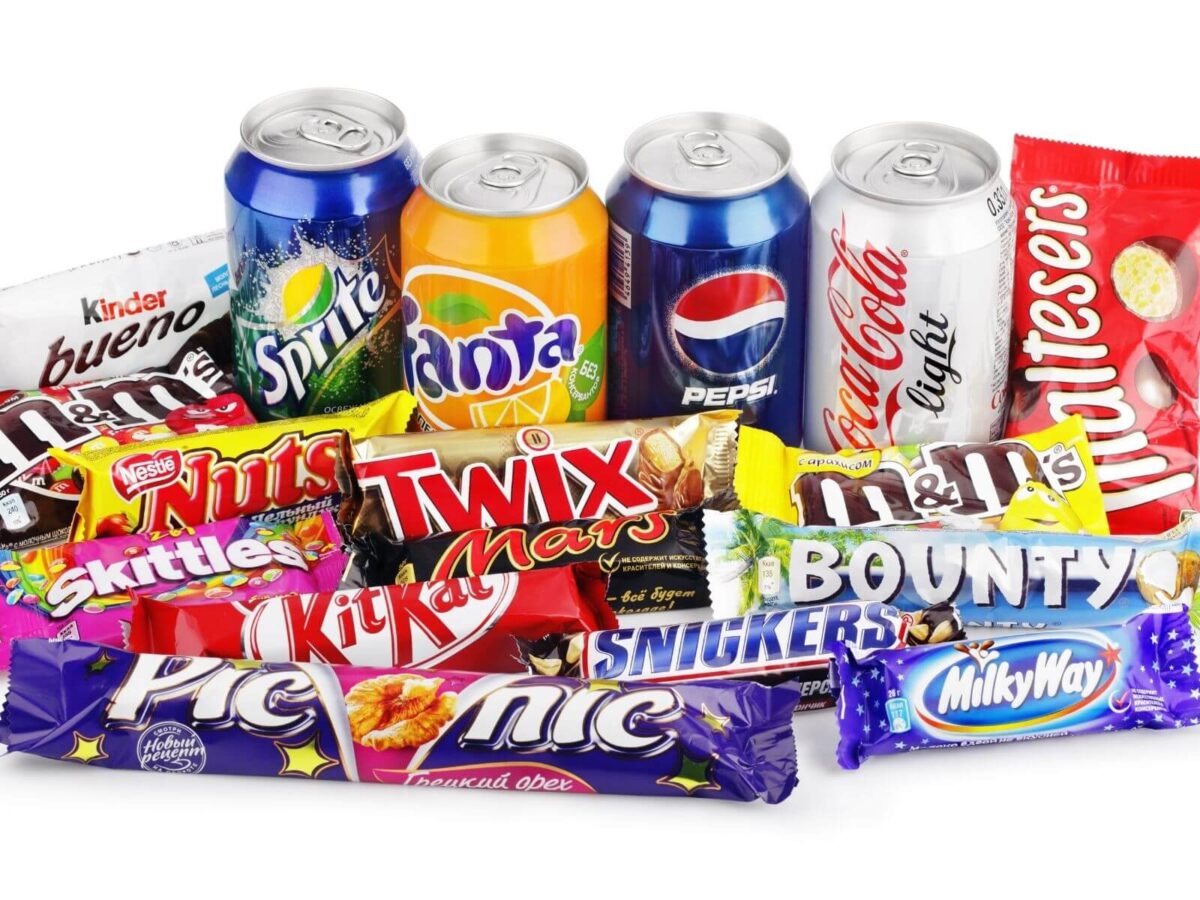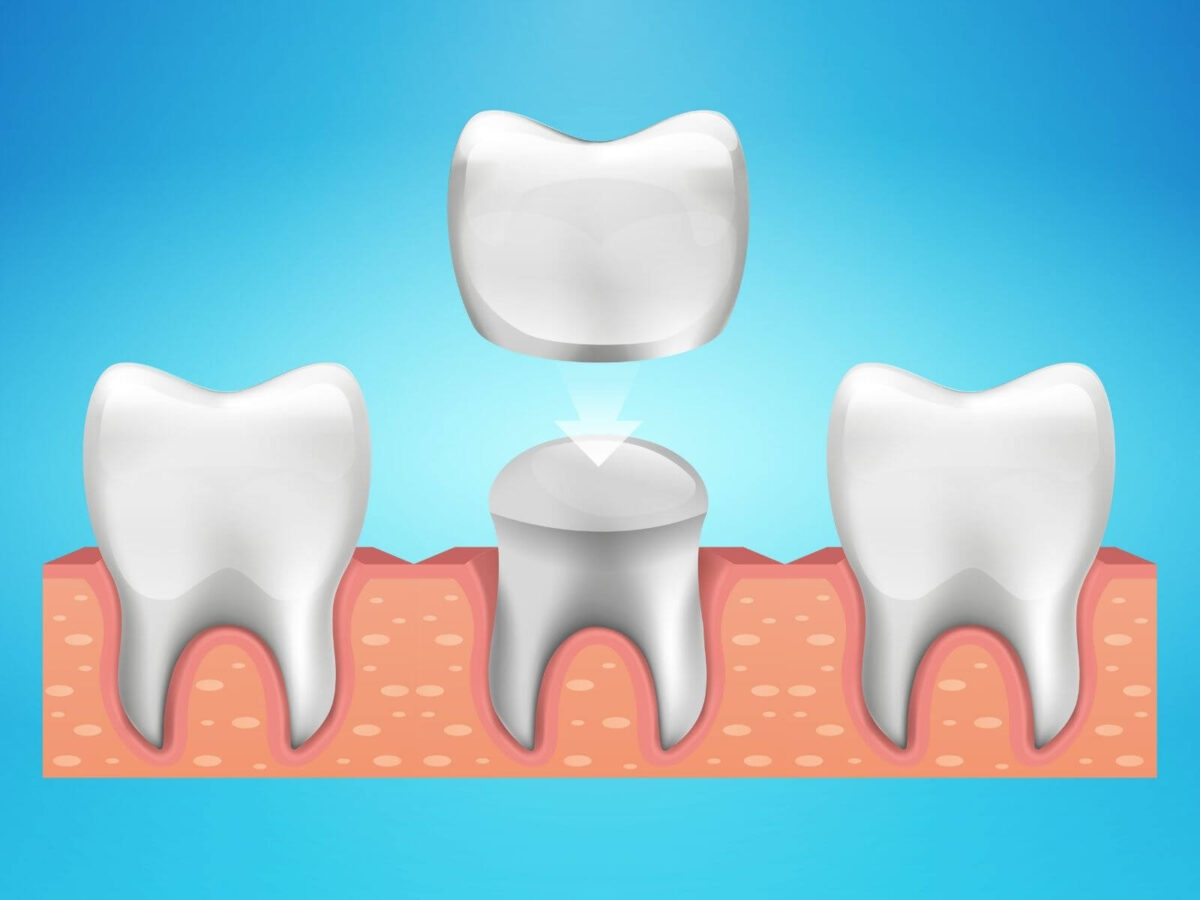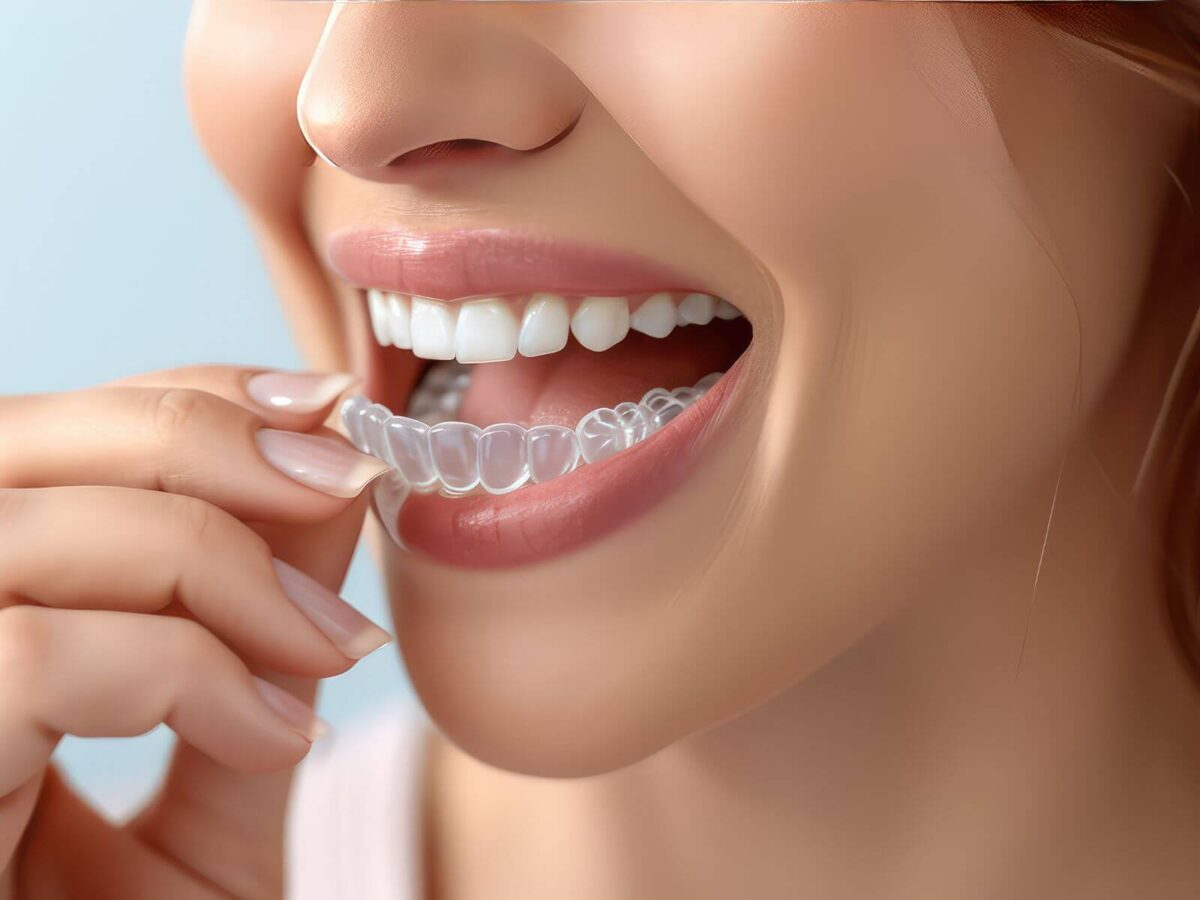No one wants a bad breath. Unfortunately, because of certain foods, almost everyone gets it at some point. Yes, you can always swish some mouthwash around to try to get rid of the smell, but that doesn’t always work.
It doesn’t make sense never to have these 10 foods and beverages that can give you bad breath, but if you have a date coming up, it might be best to avoid them. Let’s check out the list prepared by Elgin Family Dentist.
Top 10 Food Causing Bad Breath
We discussed this with Elgin Family Dentist, who helped us curate these ten bad breath causes.
1. Garlic
One of the most well-known foods that give people a bad breath is garlic. Most of the time, the stronger the garlic, the worse your breath smells. The substances that contain sulfur are thought to be the cause of this. The aftertaste of garlic can linger on your breath for quite a while if you consume a dish heavy in garlic.
2. Citrus fruits
The Elgin Family Dentist suggests eating citrus fruits as part of a balanced diet. However, certain acidic foods might create foul breath! People who have acid reflux should pay extra attention to this because the extra acid can make the back of their throat smell bad. Mouthwash can help with this.
3. Onions
Onions are used in so many foods, like soups, pasta, stews, and more. They can also make your breath smell bad. Acids found in onions contain sulfur, which is why they make your breath smell bad. If you want to avoid getting bad breath after eating onions, swish your mouth with a good mouthwash.
4. Canned Tuna
Tuna from a can is a quick and tasty way to eat lunch or dinner. But keep in mind that you might have bad breath afterward! For this reason, the smell of decayed fish is bad when it gets to your mouth, and the fish may have already started to decompose. Another reason why fish might leave a bad taste in your mouth is that it has a lot of amino acids.
5. Coffee
Everyone has smelled someone with coffee breath at some point. It smells better than freshly made coffee, though. Instead, it smells old and rotten because of the sulfur found in it. Hence, remember to brush your teeth and tongue well after your good morning coffee. Also, wash your mouth out after!
6. Liquor
For those who have experienced a big night of drinking, you know that the next day your mouth will feel bad. Bad breath is another thing you have to deal with after that. Acid reflux can occur after consuming alcohol. The fact that alcohol inhibits saliva production is another factor that contributes to dry mouth and bad breath.
7. Tomatoes
Bacteria love acidic foods, which is why tomatoes can make your breath smell bad. So, whether you eat them in a salad or a pasta sauce, you might notice that they smell a little amusing afterward. Drinking water can help you avoid germs.
8. Spicy Food
You might really enjoy that hot, spicy dish you’ve learned to make or the delicious enchiladas at your favorite place. But keep in mind that hot foods can make your breath smell bad. Chemicals in spicy foods change the way you smell all over as they move through your body.
9. Milk Products
Dairy products have a lot of protein, which can make your breath smell bad if you don’t brush your teeth after eating them. When you chew these things, they break down into amino acids that contain sulfur. These acids can make your breath smell bad.
10. Low-carb Diets
Fat and protein make up a lot of low-carb diets, so people who follow them may burn fat for fuel. But this can cause your body to make too many ketones, which can give you ketone breath, which smells like acetone, rotten apples, or something sweet and fruity.
Conclusion
Even though some things can make your breath smell bad, dry mouth, smoking, and some medical conditions can also cause this problem. Being careful with your mouth will help you avoid bad taste.
Regularly brush and floss your teeth, use mouthwash, and visit the dentist for checkups and cleanings. Elgin Family Dentist can help you get rid of bad breath. If you are in Texas, call them right away to see their magic and forget about everything else.





